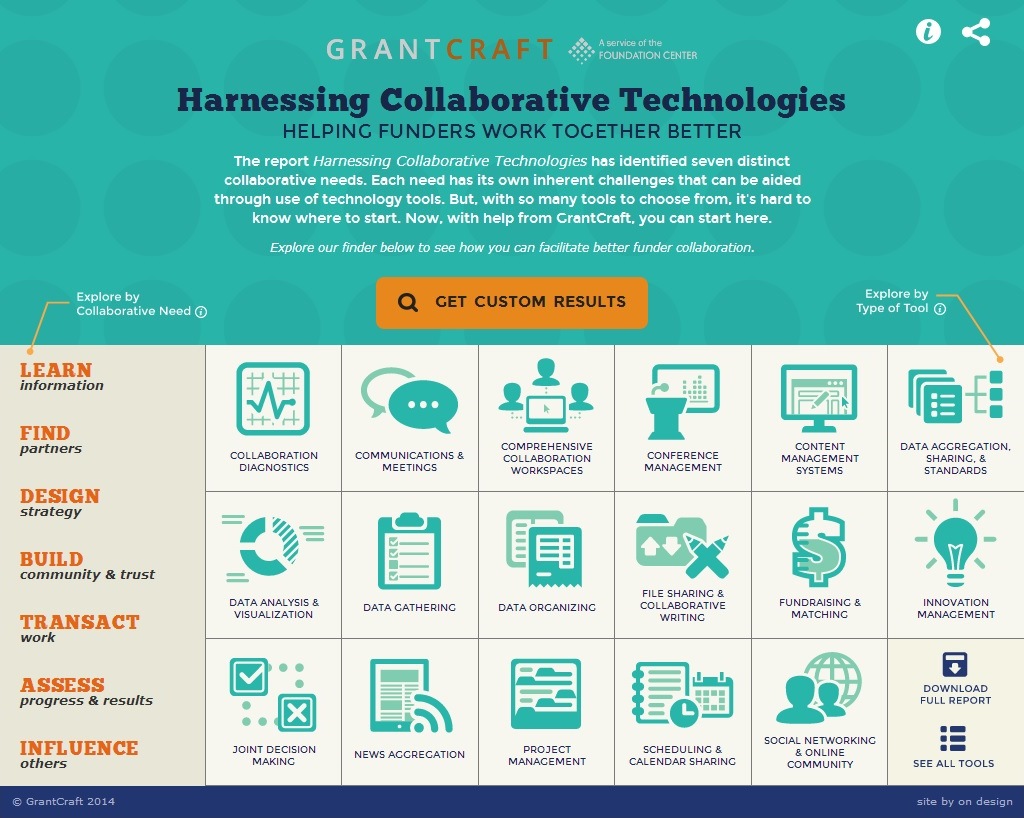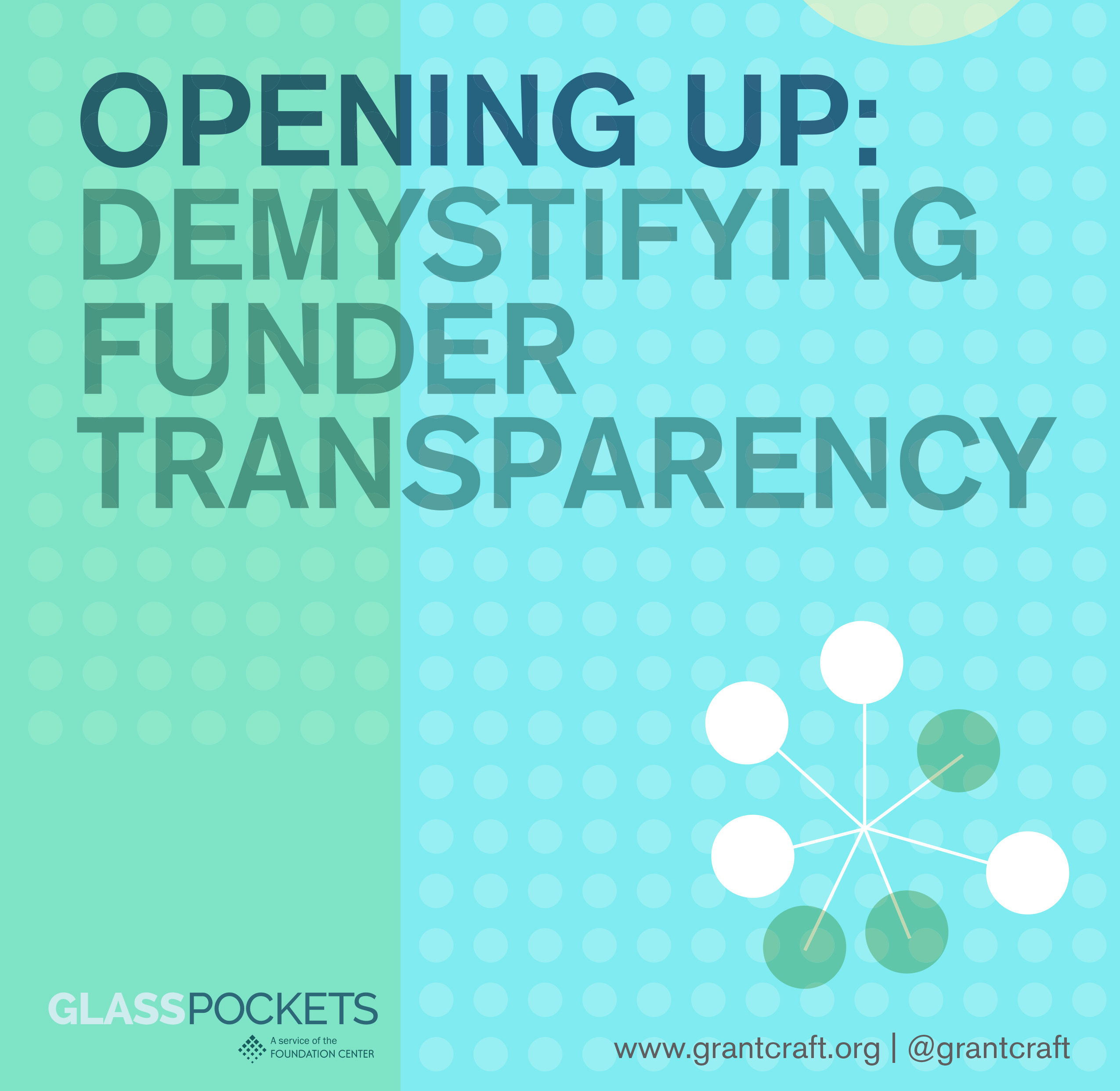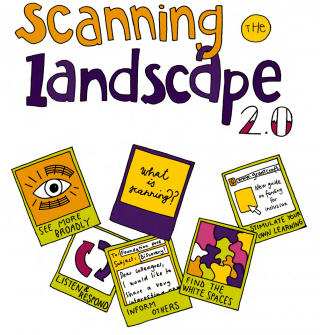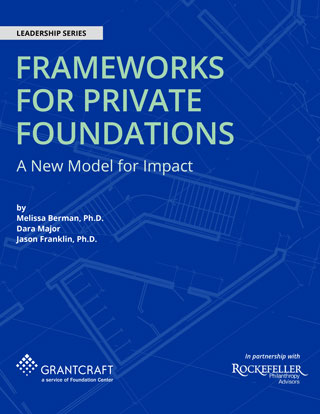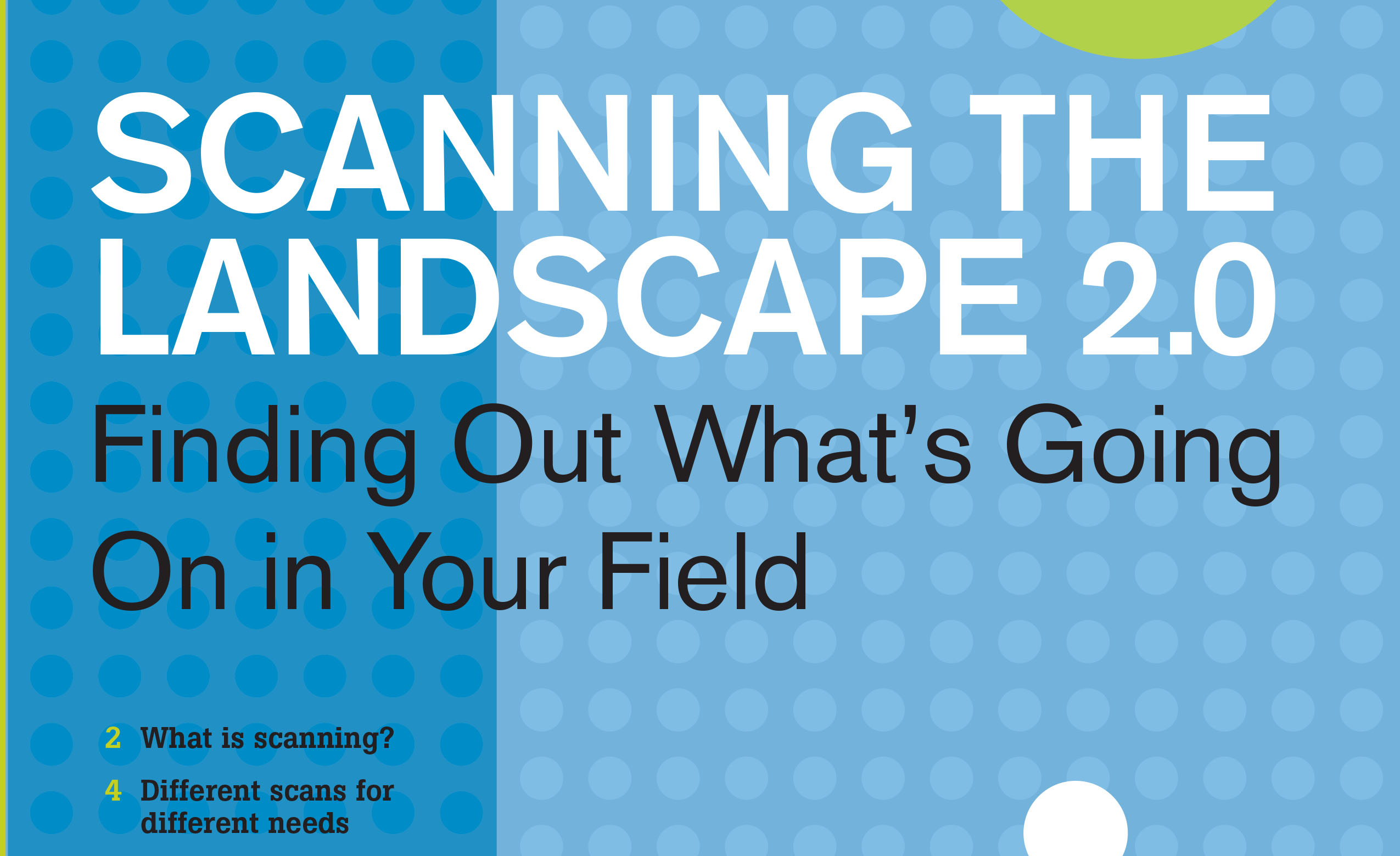Scanning and Networking Routines for Discovering the Unexpected
Scanning is no longer something done only when planning a new program or contemplating a shift in strategy. Using learning networks, grantmakers are starting to scan continuously, looking beyond the usual sources to find innovative organizations and fresh ideas. GrantCraft asked seven grantmakers how they build networks to discover the unexpected in their fields and communities.
This conversation supplements GrantCraft’s guide, Scanning the Landscape: Finding Out What's Going on in Your Field.
Q: Why is networking important to you and your foundation? What specific strategies do you use?
Joy Vermillion Heinsohn: We’ve had an advisory panel for over 25 years. There are fifteen members, and five of them are selected and five rotate off per year. The panel is a way to get to know a number of communities by bringing people together from around the state who can help us learn more about what’s happening in their towns, cities, and regions. North Carolina is a state where half the population resides in 15 counties, and the other half in the remaining 85 counties, so we’re kind of spread out. The panel meets three times a year. We share with them the list of proposals, so if they’re familiar with any of the organizations they’re free to submit comments. Since they are not a decision-making body, we also let them know that we appreciate their input but the board ultimately has the say on what gets funded.
Mary Kaplan: We’re a healthcare conversion foundation. That means our assets literally came from the premium checks people paid for their health insurance to Blue Cross Blue Shield. We look at these people as our shareholders. Each year we visit communities throughout the state over a one-month period for listening sessions. We try not to go in with an agenda; we don’t mention topics until people bring them up. We publicize the sessions pretty aggressively and work hard to get media attention. We say we’re inviting people to participate in a community conversation about health and health care systems. We let them know that our board, president, and staff will be there to listen. Advocacy organizations also routinely tag along: the American Cancer Society one year, a Medicaid ombudsman another time. So we’re providing a built-in structure that other people can use without investing time and money.
Click the Download PDF button on the right to continue reading!


